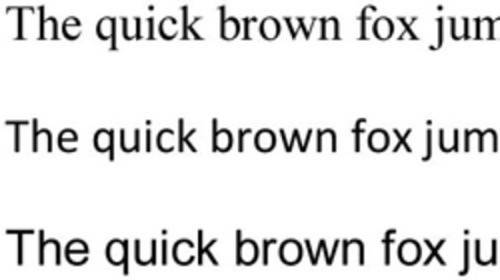Are you sick of seeing Arial, Verdana, Times New Roman and other boring, overused fonts (I’m looking at you, Comic Sans) all over the Web? For years, browser compatibility and font licensing issues have led to the proliferation of a handful of “Web-safe” fonts. Soon, however, all that could change with a proposed file format that seeks to broaden the web designer’s font palette, making aesthetic Web typography easier, international and searchable.

If widely accepted, the Web Open File Format (WOFF) – an experimental format being developed by the recently founded WebFonts Working Group of the World Wide Web Consortium (W3C) – could theoretically provide developers with “limitless typeface choice.” Browser industry leaders Microsoft, Mozilla, Google and Apple have all begun testing the format, and font editors and foundries are already releasing WOFF fonts.

“It’s been exciting to see font designers and vendors come together with browser developers and other industry experts to create a standard that will open up new typographic possibilities for web authors,” says Jonathan Kew of Mozilla. “I anticipate that in the coming few years, the Web will be greatly enriched by the availability of a wide range of high-quality typefaces for many languages and all kinds of design needs.”
Language support is just one of the many benefits of expanded font choice on the Web aside from making text prettier, clearer and in-line with branding. Since unique typefaces require the use of images to be displayed properly across the Web, the text is largely invisible to search engines. Removing the crutch of image-based typography will have a significant impact on to improving typographic search engine optimization (SEO).

Eliminating typographic images also opens to the door to increased accessibility to the blind, who rely on text-to-speech programs. Members of the Web Fonts Working Group will be participating in a panel discussion on the WOFF at the end of the week at TypeCon 2010 – a conference for typographic enthusiasts. If the current state of testing and interest says anything, we could see a much broader set of fonts throughout the Web very soon.
Photo by Flickr user stevekeys.










